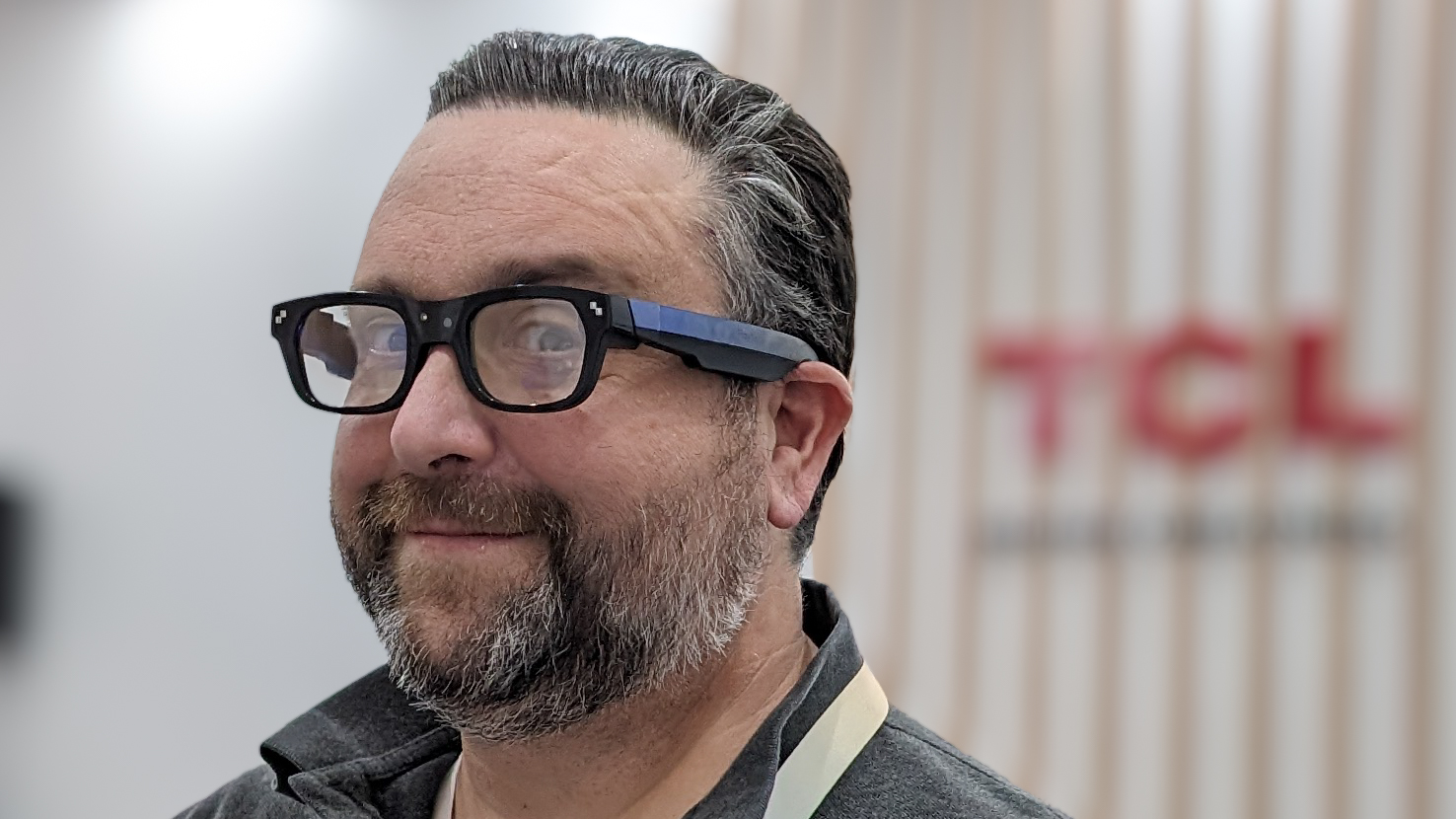
I’m wearing the RayNeo X2 Lite AR glasses at a private meeting in Las Vegas during CES 2024, and I’ve never been more uncomfortable with a new product in my life. The RayNeo glasses have a limited field of view, and I am looking at a virtual assistant named Missy, a young girl wearing a school uniform who speaks using AI. I can’t see all of Missy, so I am constantly moving my head up and down to fit her into the frame. I’m ogling the AI, leering in a way I’d never look at a live human, and my RayNeo reps keep insisting that I ask her to dance. Please, make it stop.
I wasn't sure what to expect trying the RayNeo X2 Lite AR glasses, but I wasn't expecting the most uncomfortable and cringe-inducing product demo ever. RayNeo has a seriously misguided, and possibly offensive idea of what the killer app for AR glasses will be. The glasses themselves are not ready for prime time, but the AI chatbot RayNeo has included needs to disappear, immediately.
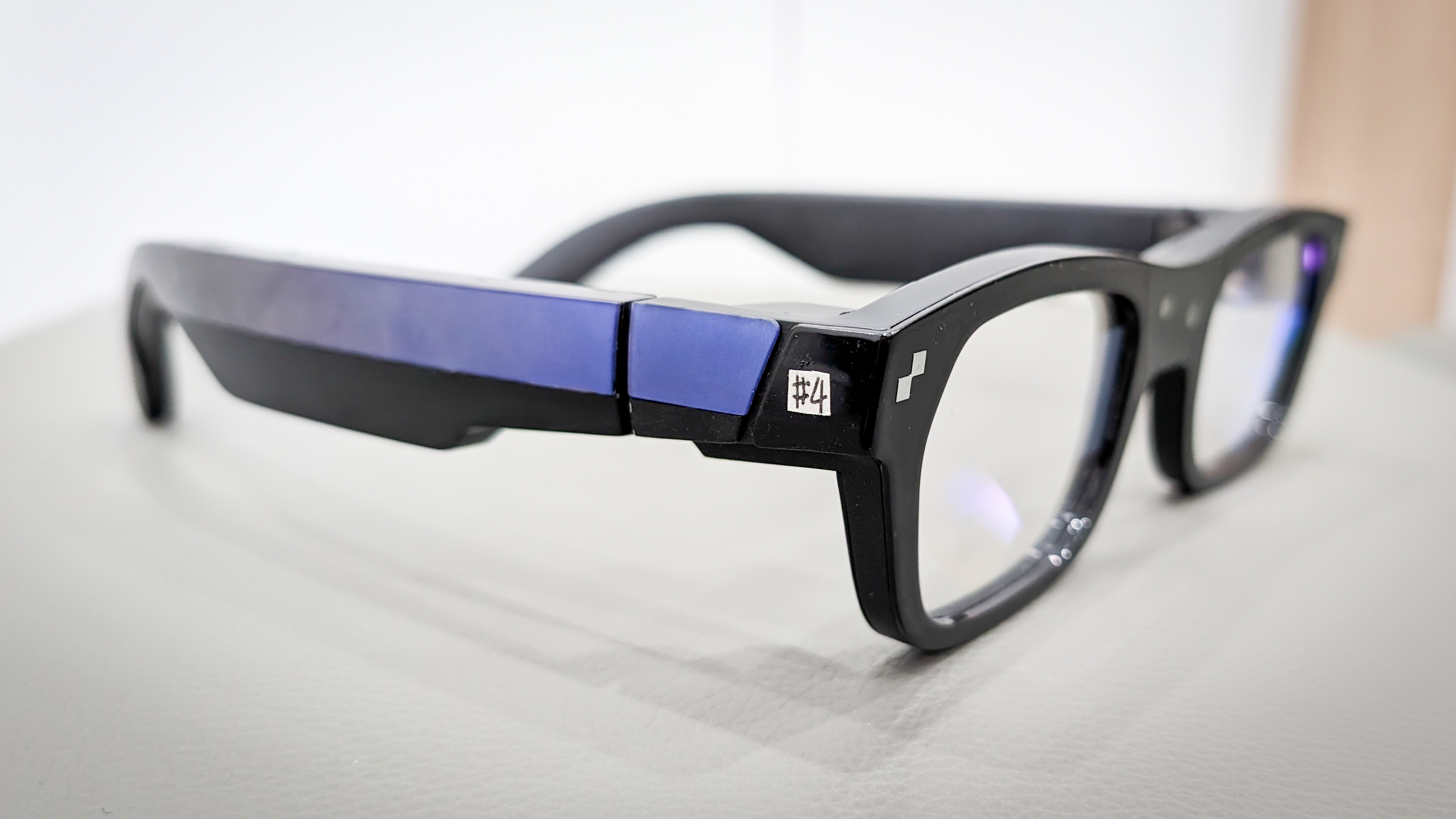
The RayNeo X2 Lite is a smaller, lighter version of the RayNeo X2, and if you're not familiar with that AR headset, don't worry. There are no AR glasses that are ready for the mass market, not that I’ve seen. The RayNeo X2 is promising, but the AR experience isn't even half-baked, so there's no reason to consider this expensive pair of smart glasses.
The display is a problem, but not the only problem
The stumbling block holding back AR is still the display. The RayNeo X2 Lite uses the best AR display I’ve tried so far, but it still is too limited to immerse me in the experience.
The RayNeo X2 Lite packs a micro-LED display that uses a sort of projector technology housed in the arm of the glasses. It bounces the image off the glass and into your eye.
With this newer tech, the RayNeo X2 Lite can cover 30 degrees of your field of view (FOV). The problem is that a truly immersive experience needs to approach 120 degrees to feel all-encompassing. The Apple Vision Pro offers 100 degrees or so, and the Meta Quest 3 extends to 110 degrees. Those are virtual reality (VR) headsets, though, and no augmented reality (AR) glasses have come close to that coverage.
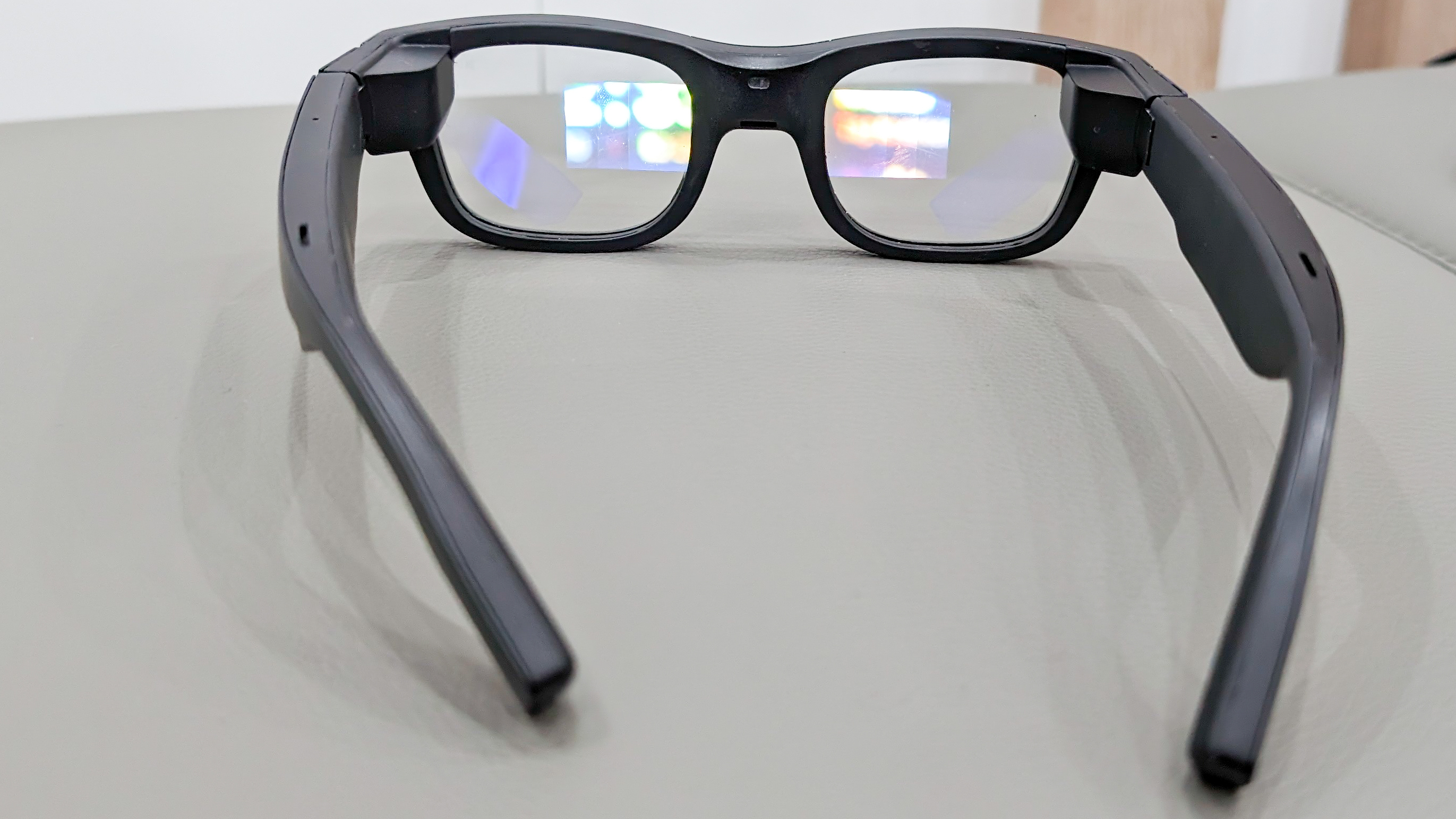
With only 30 degrees diagonally covered, you see a tiny window that is wide but not very tall. Looking through the RayNeo X2 Lite gives you a postage stamp view of your AR content. It's a bad experience – incomplete. It feels more like peering through a hole into Augmented Reality, not immersion. And introducing Missy the Schoolgirl AI into this peep show didn’t help at all.
Introducing Missy, now command her to dance
To watch her dance, I needed to scan up and down her virtual body. I felt truly disgusted
RayNeo's self-declared killer app for its AR smart glasses is this chatbot named Missy that runs off a large language model in the cloud. Missy is supposed to imitate a young girl; she looks like a teenager, drawn in an anime style. She's wearing a skirt and top modeled after a school uniform.
Missy enters your field of view through a magic portal and announces herself by declaring herself “a very pretty girl.” Her personality wavers from shy to sarcastic, and her body language is usually demure.
I'm not sure what Missy can do, because RayNeo reps kept insisting I ask her to dance. No, not ask. I needed to make her dance, because if you just ask Missy “can you dance?” she will say “yes.” Sarcasm.
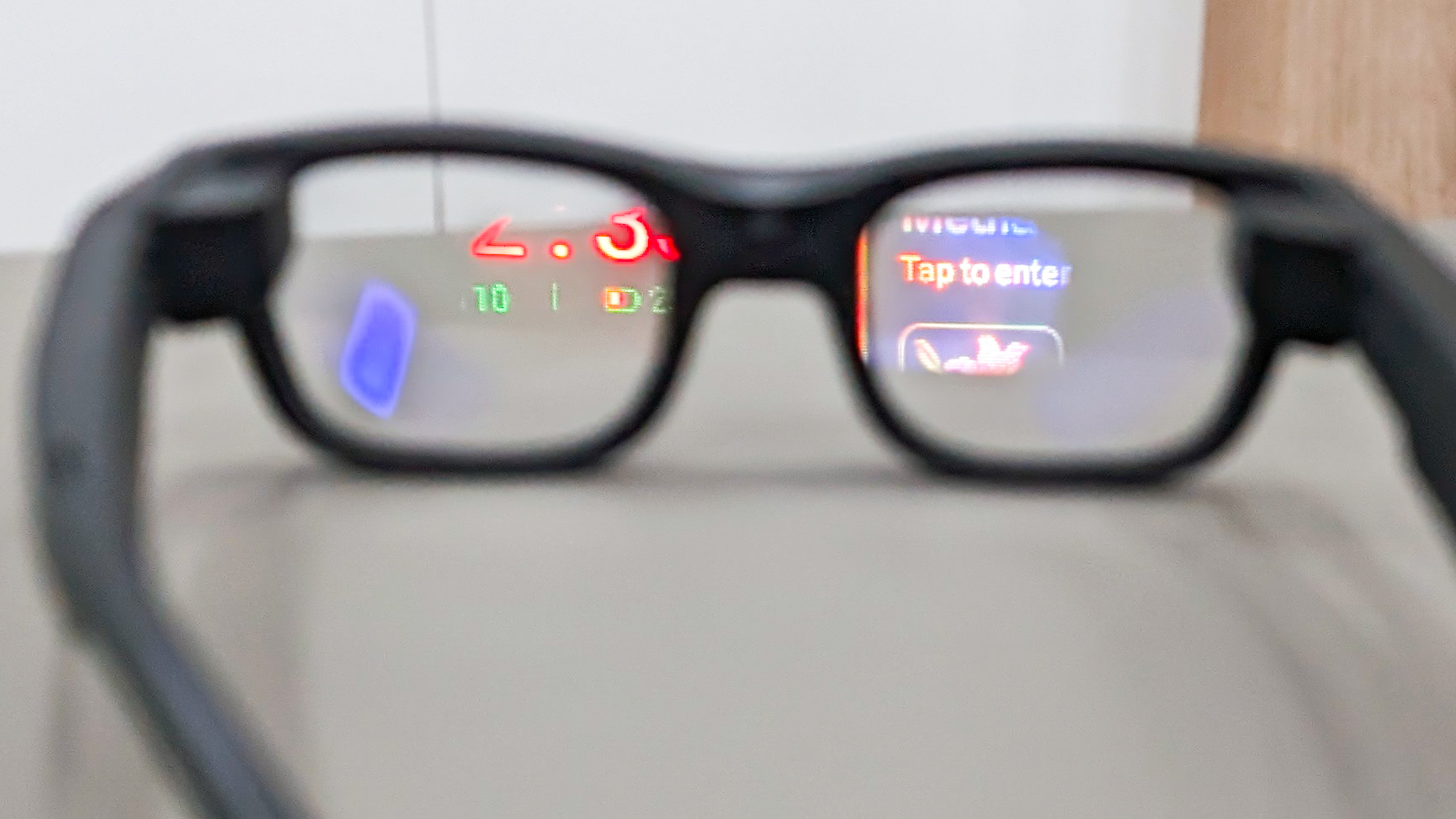
You need to command Missy to dance. You need to say “Dance for me Missy.” I was too grossed-out. I couldn’t say it. I smiled sheepishly while RayNeo reps took my photo.
The meeting grew more uncomfortable as RayNeo reps kept pushing me to interact with this imaginary teenager. While I talked to Missy, they would ask for my feedback, and Missy was confused about whom I was addressing.
The worst part is that Missy doesn't fit the display. I could only see her top half or bottom half. To watch her dance, I needed to scan up and down her virtual body. I felt truly disgusted.
I'd like to say there was something good about the RayNeo X2 glasses, but I saw nothing worth recommending.
Ignoring the worst, there wasn't anything better
The X2 Lite uses the Qualcomm Snapdragon AR1 Gen 1 processor found in the Ray Ban Meta smart glasses. That chipset can handle 3D photos and videos on glasses with two displays, like the RayNeo devices. RayNeo reps tried to demo the 3D capabilities with photos in the image gallery, but the images I saw had no depth whatsoever. A supposedly 3D video also looked flat.
There are very few features on the RayNeo X2 Lite, and RayNeo does a poor job explaining them. There is a mapping feature that can give you directions, but RayNeo couldn't explain how it worked.
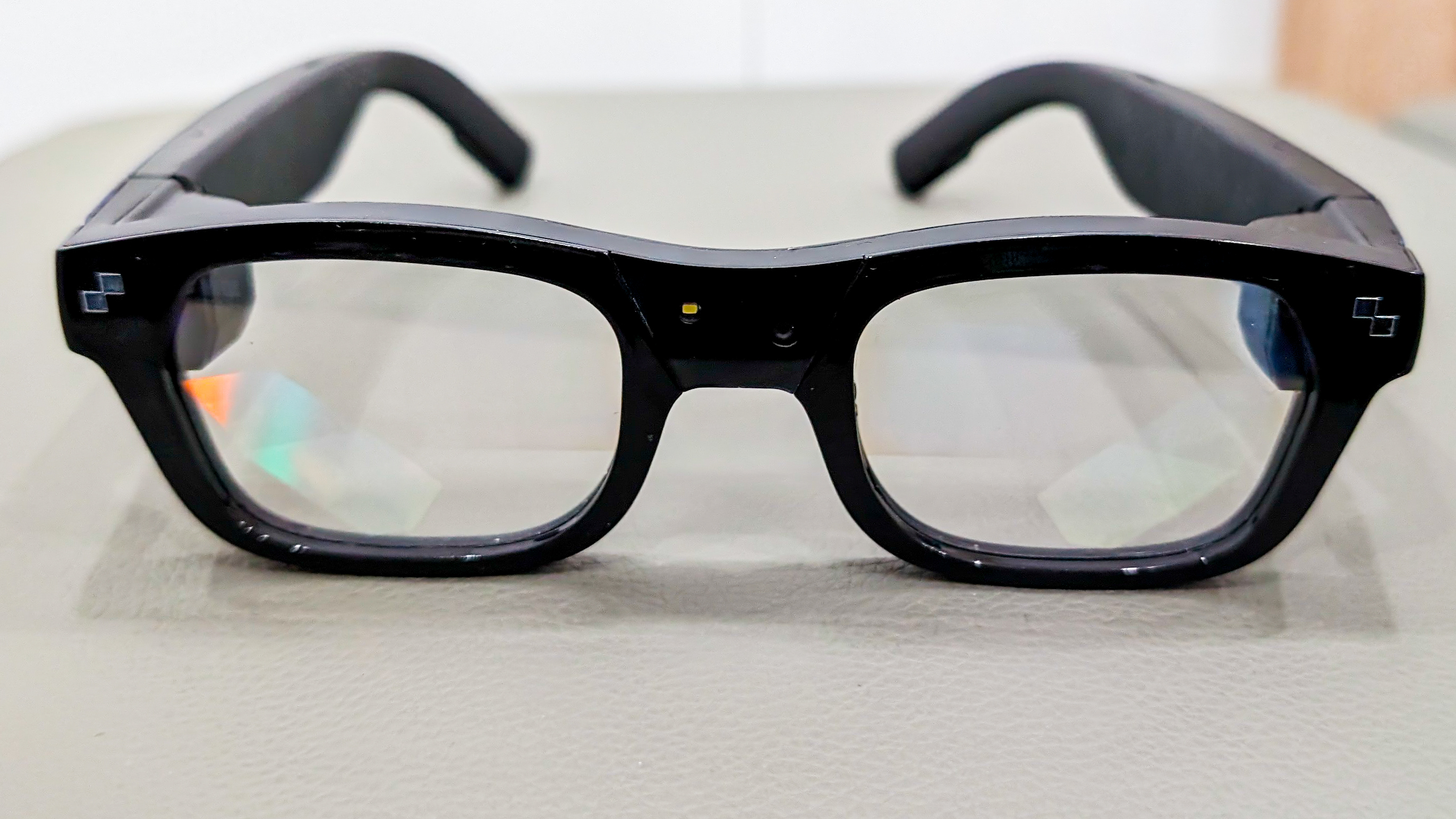
The company claimed the glasses would be able to navigate the massive CES convention show floor, with arrows on a heads up display showing me where to go. When I asked where it would get that mapping data, the company said it generates its own maps, just like a robot vacuum. They couldn’t show me the directions in action, and that explanation is missing some vital steps.
As I eventually hurried away, RayNeo reps asked me what I thought about the RayNeo X2 Lite. I was too embarrassed by the experience to confront them on the weird chatbot, but I did say that I am enthusiastic about the category, and that's true.
I think the mobile world will end up on our faces some day. With fun advances like Ray Ban Meta smart glasses and the new Apple Vision Pro, it seemed like that day could be fast approaching. Now I worry there is more work to be done than I ever expected.







